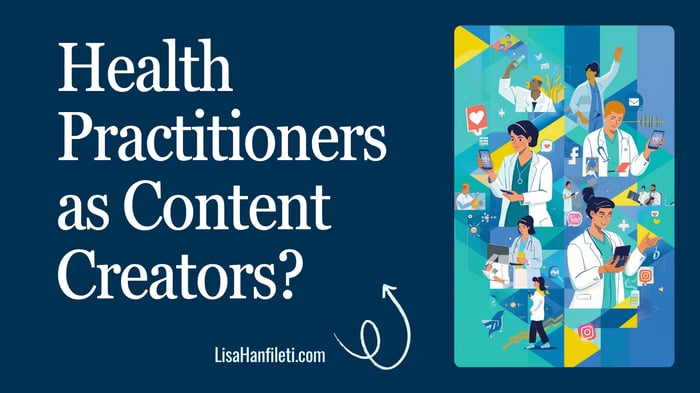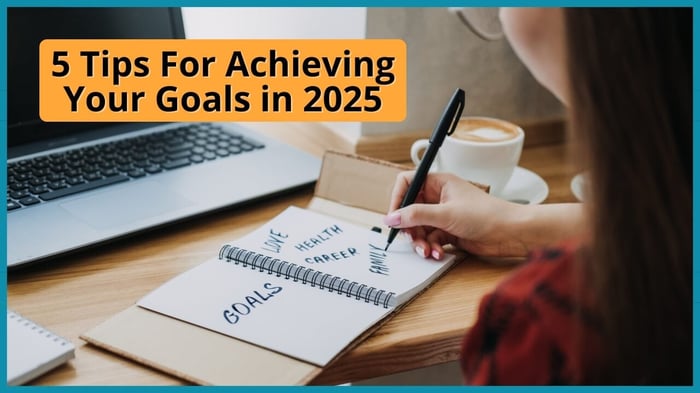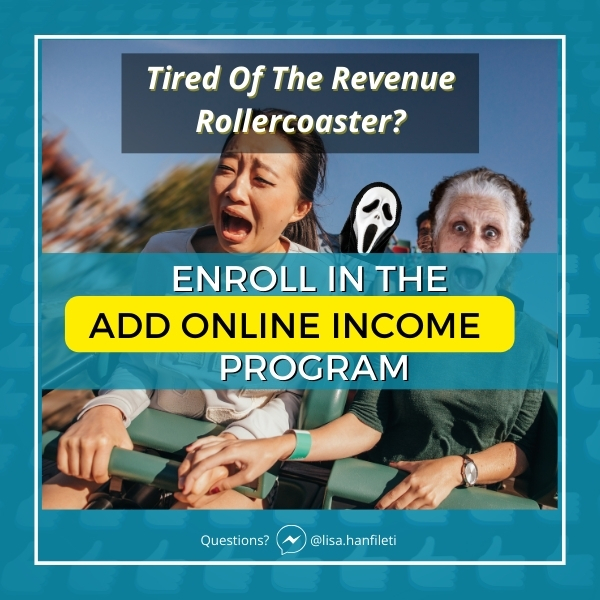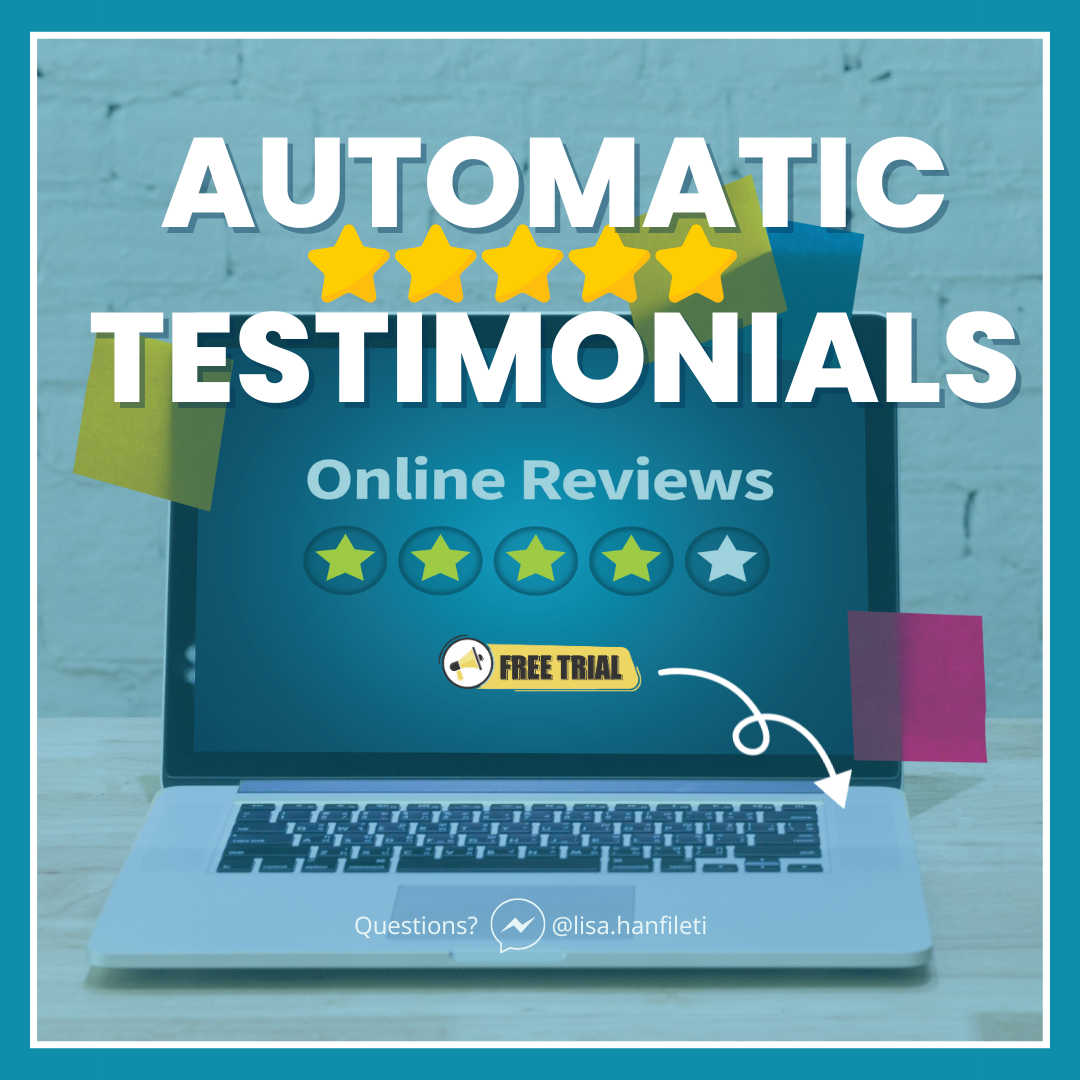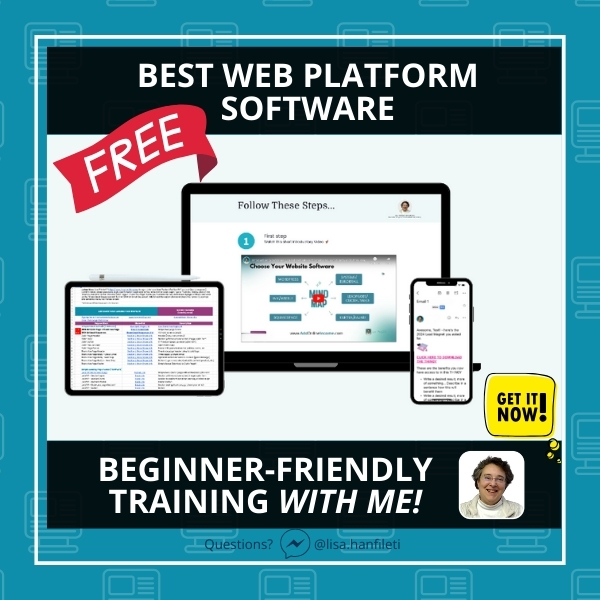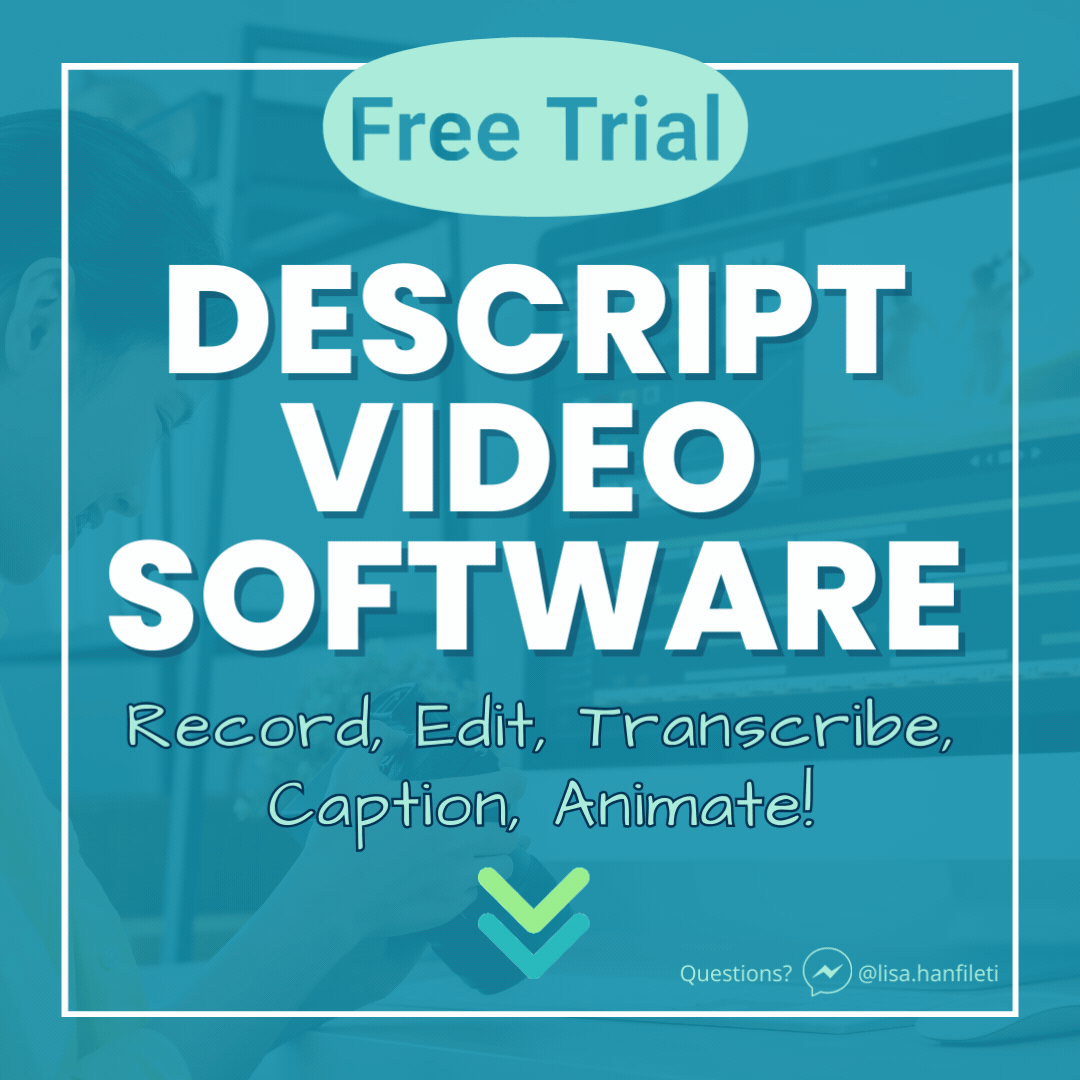Table of Contents
- Content Creation for Holistic Practitioners: How to Share Your Expertise and Strengthen Trust
- What Is Content Creation (Really)?
- The Creator Economy and Why It Matters
- Educational Content as Prevention
- What’s Stopping You from Creating Content?
- Where to Find Content Ideas
- Try This Exercise: Capture Your Everyday Content
- Elevating Practice Through Content Creation
- FAQs
Content Creation for Holistic Practitioners: How to Share Your Expertise and Strengthen Trust
Most holistic practitioners never planned to become content creators. We became practitioners to help people heal, not to master hashtags, algorithms, or lighting setups. Yet content creation is now one of the most practical and purposeful ways to reach more people, educate our communities, and preserve our time without sacrificing impact.
At its heart, content creation is simply education. It’s an extension of what we already do every day in our clinics — answering questions, explaining complex ideas in simple terms, and helping people make sense of their health. The difference is that instead of teaching one person at a time, content allows us to share that same wisdom with many people at once.
What Is Content Creation (Really)?
Content creation is the process of producing educational, informative, or inspirational material — videos, blogs, podcasts, images, or graphics — for public distribution. A content creator might film a tutorial, record a podcast, or publish a short post about a common condition or lifestyle habit.
When most practitioners hear “content creator,” they picture influencers dancing on TikTok or promoting products. But that’s not what we’re talking about here. Educational content is the foundation of authentic content creation, especially in healthcare. Practitioners are natural teachers, and that skill set makes us uniquely suited to create high-value, trustworthy material that helps people learn and heal.
The Bureau of Labor Statistics doesn’t list “content creator” as a distinct job title, but the role falls within the larger category of media and communication professionals. In other words, people who use information and storytelling to educate the public — something practitioners have done long before social media existed.
The Creator Economy and Why It Matters
The scale of content creation has exploded. In 2015, only about 10 million people worldwide earned income through digital content. By 2025, that number is projected to surpass 200 million, with roughly 45 million full-time professionals. The creator economy itself is valued at more than $250 billion and continues to grow rapidly.
What does that have to do with healthcare? Everything.
People are searching for answers online — about symptoms, prevention, lifestyle, and complementary therapies. They’re already consuming health information; the question is whether it comes from credible practitioners or random sources. As professionals, we have an opportunity, even a responsibility, to share accurate, experience-based education that cuts through the noise. That’s content creation at its best: using our expertise to educate, not to advertise.
Educational Content as Prevention
In Chinese medicine, there’s a story about the three levels of doctor. The first treats symptoms, the second treats the root cause, and the superior doctor educates so the patient never gets sick in the first place.
That story illustrates why content creation is so powerful for practitioners. It allows us to embody the “superior doctor” role — educating the public so they can prevent disease, understand their bodies, and make better decisions about their care. Sharing your knowledge through online education is simply the modern version of that timeless calling.
Every blog post, video, or podcast you create helps someone learn something that could prevent suffering later. It’s service in its purest form — scaled through technology.
What’s Stopping You from Creating Content?
For most practitioners, hesitation comes down to three things: time, confidence, and clarity.
Time: It feels like one more thing to add to a busy schedule. But the truth is, content creation can save time when done strategically. Recording a short explainer once means you don’t have to repeat it to every patient.
Confidence: Many worry, “Who am I to share this online?” The answer: you’re exactly the person who should. You have training, experience, and integrity — qualities the internet desperately needs.
Clarity: Not knowing what to post can stop progress before it starts. The good news? You already have a wealth of material waiting to be used.
Where to Find Content Ideas
Every practitioner and every student already has a library of teachable moments waiting to be shared. If you think you have nothing to post, start here:
For Students
Review your thesis, research papers, or class projects. Each one holds valuable insights that could educate the public.
Summarize case studies or lessons from your clinical rotations.
Share what first inspired you to pursue your modality. Passion is powerful content.
For Practitioners
Look at your daily conversations. What advice do you repeat to almost every patient? Those are your best topics.
Review your handouts and checklists; hydration, stress relief, sleep hygiene, nutrition, movement, or pre- and post-treatment recommendations. Each can become a post, article, or video.
Note the questions you hear most often. If people in your clinic ask them, people online are searching them too.
Recall topics you’ve researched because they fascinated you. These can be cspecific conditions, lab tests, herbal remedies, or treatment modalities just to name a few. If you cared enough to learn more, chances are others will too.
Try This Exercise: Capture Your Everyday Content
This is a great way to get started with creating your content:
Over the next few days, write down everything you find yourself repeating to two or more clients.
Add every question you’re asked, no matter how small or basic it seems.
Finally, list topics that spark your curiosity, the ones you’ve looked up or discussed with colleagues recently.
By the end of the week, you’ll have a clear list of content ideas drawn straight from your professional life. That list is the beginning of your personal content creation plan.
You don’t need fancy equipment or endless time. Start with one idea. Turn it into a 2-minute video, a short blog, or a simple graphic. Every piece adds to your digital presence and builds trust with people who need your expertise.
Elevating Practice Through Content Creation
Content creation isn’t about becoming an influencer; it’s about being a teacher. It’s how practitioners extend their care beyond clinic walls, build community, and demonstrate credibility.
When we show up online as educators — not marketers — we reinforce what holistic medicine has always stood for: prevention, empowerment, and connection.
So if you’ve been waiting for the right time to start, this is it. Your voice is needed, your experience matters, and your next patient might discover you because of something you shared.
The superior doctor educates. In our era, that means creating content.
FAQs
What is a content creator?
A content creator is someone who produces educational, entertaining, or informative material such as videos, blogs, podcasts, or graphics for public distribution, typically online. Their goal is to inform, inspire, or teach audiences through consistent, high-quality content.
Do I need to be a content creator to grow my practice?
You don’t have to label yourself a “content creator,” but consistently producing educational content helps potential patients understand your expertise, making it easier for them to trust and choose you.
What kind of content should holistic practitioners create?
Start with what you already teach, e.g. patient FAQs, after-care advice, prevention tips, or insights from your training. Repurpose what you say every day into written, audio, or video formats.
How can students in healthcare programs start with content creation?
Students can turn research papers, thesis topics, and class projects into short educational posts or videos. Sharing what you’re learning helps demonstrate credibility and attract future clients.
How can I find ideas for content creation in my practice?
Track what you repeat to patients, questions you answer often, and topics that spark your curiosity, such as conditions, testing, or treatment approaches. These patterns reveal your best content ideas.
How does content creation help holistic practitioners save time?
Recording or publishing helpful information once lets practitioners refer patients to it later. This saves time, reinforces learning, and creates a growing library of trusted educational resources.
How big is the content creation industry?
The "creator economy" is a rapidly growing global market valued at over $250 billion and expected to nearly double by 2027. More than 200 million people worldwide now identify as content creators, with about 45 million earning income professionally through education, storytelling, and digital media.
What’s the difference between a content creator and an influencer?
A content creator educates, informs, or inspires audiences through expertise. Influencers focus on visibility and endorsements. Practitioners naturally fit the educator role because of their training and experience.
